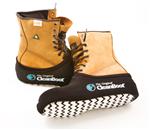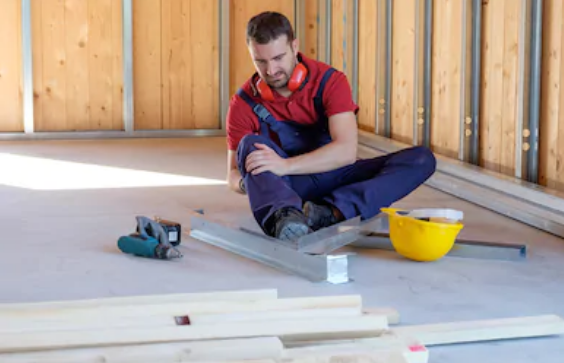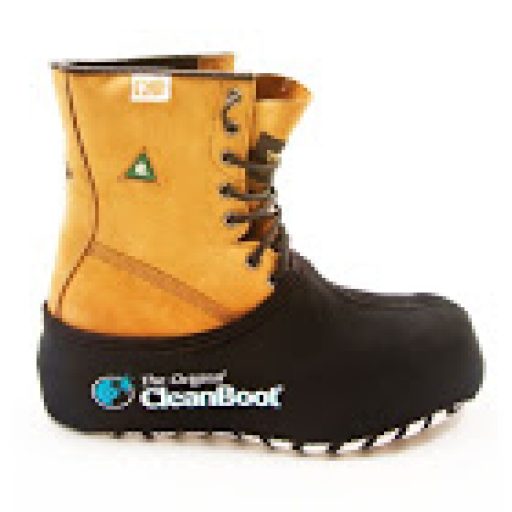 The Clean Boot Blog
The Clean Boot Blog
Statistics Related to Footwear Injuries in the Contractor Trades

Let’s face it, many times we take convenience for granted. Have you ever wondered about a workplace injury robbing us of our capability to perform simple mobility tasks? This is where proper footwear comes to your rescue.
According to the data gathered by the Bureau of Labor Statistics (BLS), there were around 2.9 million injuries reported in the private-sector in 2015.
Did you know? Workplace injuries not only affect worker’s health, confidence and their financial well-being, but also costs the companies precious time and money.
Approximately 40% of workplace injuries and accidents happen to hands and feet. BLS also indicates that 40 out of 10,000 cases reported hands or feet injury in one way or the other and needed an average of 10 days off work.
The National Security Council calculates that nearly 120,000 foot injuries occur due to the workplace accidents in a year.
As far as companies are concerned, they should focus on developing a proper personal protective equipment strategy that can recognize the workplace dangers and required safety practices. Since, there are hundreds of options available, it’s important to pick the ones that best fit your line of work.
Foot Related Injuries

Possibly the most typical foot related hazard is objects that can crush worker’s feet. However, such injuries generally happen on construction sites.
Another common foot-related injury includes cuts and punctures. The basic safety measure here would be the use of thick-sole protective work boots.
Indoor contractors are also at high risk of slips, trips and falls. According to the recent statistics, such injuries account for over 15-20% of all workplace accidents. Such injuries can happen on construction sites, farms, or even at the homes. Not only are these injuries damaging in terms of direct costs, but they also ruin productivity.
In addition, injuries caused by chemical spills and splashes are also one of the most common types that can lead to critical injuries. Since, protective footwear are generally made from rubber or other safety materials, they can provide incredible protection against accidental exposures to such chemicals. As an employer, it’s your responsibility to figure out which specific chemicals your employees could be exposed to. It’s also important that you refer to your Material Safety Data Sheets (MSDS) for the particulars surrounding the products or chemicals that you use.
What Should You Do?
Always ensure that the protective gear you use is certified and suitable by your local authority. Shoes that are approved and OSHA-complied will have a stamp on them which is proof that the product has been certified to meet the safety standards.
So, whether you’re a residential contractor or work in any other space, make sure to use the right type of protective footwear to stay safe and protected.
Order your Clean Boot boot covers today...Order Online!
Secure Online Ordering & We Ship Internationally.





